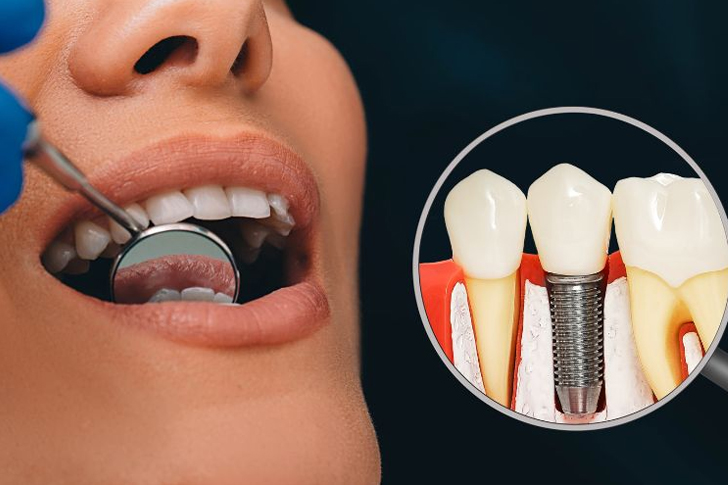Dental implants can offer a durable and discreet solution for missing teeth, but their high cost can sometimes be a hurdle for potential patients. Luckily, there are various ways to make dental implants more affordable, ensuring that more people can access this life-enhancing treatment. In this article, we will explore cost-effective options for obtaining dental implants that don’t compromise on quality but do ease the financial burden.

Understanding Dental Implants and Their Benefits
Dental implants are artificial tooth roots, usually made from titanium, that are surgically inserted into the jawbone. Over time, they fuse with the bone, providing a secure foundation for replacement teeth. This integration with the jawbone, a process known as osseointegration, helps preserve the bone’s integrity, maintaining the structure of the face.
Aside from cosmetic benefits, dental implants improve oral health. They are easier to clean compared to bridges and don’t require altering adjacent teeth, preserving more of the individual’s natural tooth structure. The durability of implants often makes them a cost-effective solution in the long run, despite the initial higher investment compared to other options like dentures or bridges.
Typical Costs Associated with Dental Implants
The cost of dental implants can vary significantly based on the geographical location, the materials used, and the dentist’s expertise. On average, the price for a single dental implant can range from $3,000 to $4,500, which covers the surgery for placement, all components, and the implant crown. This cost can be prohibitive for many patients, making it essential to explore more affordable alternatives.
Options for Reducing the Cost of Dental Implants
Several strategies can help manage the costs of dental implants. It’s important to research and consider all available options:
Comparison Shopping and Negotiating
Not all dentists charge the same rates for implants. Prices can significantly vary even within the same region. Hence, obtaining quotes from several dental offices might reveal more cost-effective options. Additionally, some dentists are open to negotiation or offer a sliding scale fee based on the patient’s income.
Payment Plans and Financing
Many dental practices offer financing options or payment plans, which can spread the cost of implants over several months or years. These plans may have low-interest rates or even interest-free periods, making them a feasible option for budget management.
Dental Insurance and Dental Discount Plans
While many insurance plans don’t cover dental implants because they are considered a cosmetic procedure, it’s worth reviewing your policy in detail. Some plans may cover part of the cost, especially if the procedure is deemed medically necessary. Alternatively, looking into dental discount plans might be worthwhile. These plans provide access to a network of dentists who offer their services at a reduced rate.
Choosing Economy or Value Implant Brands
Just as with other products, several brands of dental implants are available, some of which are significantly less expensive than others. It’s crucial, however, to discuss with your dentist if a more affordable brand would be suitable for your specific situation without compromising on quality or longevity.
Traveling Abroad for Dental Care
Dental tourism has become a popular option for many Americans, with countries like Mexico, Costa Rica, and Hungary offering dental implant services at significantly lower prices than in the U.S. While the cost savings can be substantial, it’s crucial to thoroughly research the qualifications and reviews of overseas clinicians and consider the travel costs and potential risks involved in seeking medical treatments abroad.
Getting Work Done at Dental Schools
Many dental schools offer discounted services provided by dental students who are supervised by experienced dentists. This can be a great way to receive dental implants at a reduced cost. The downside might be longer wait times and longer treatment periods, but the savings could be worth the trade-off.
Government and Non-Profit Programs
In some cases, government and non-profit organizations offer grants or special programs to help cover the costs of dental care. Eligibility requirements vary, and sometimes these programs are targeted towards specific groups, such as veterans, low-income families, or those with special health needs.
Conclusion
While the initial cost of dental implants can be daunting, several strategies can help make them more accessible and affordable. From choosing the right insurance plan to considering dental tourism, patients have multiple options to explore. Always consult with a qualified dental professional to ensure that you choose the most appropriate and cost-effective approach for your dental health needs.


Recent Comments